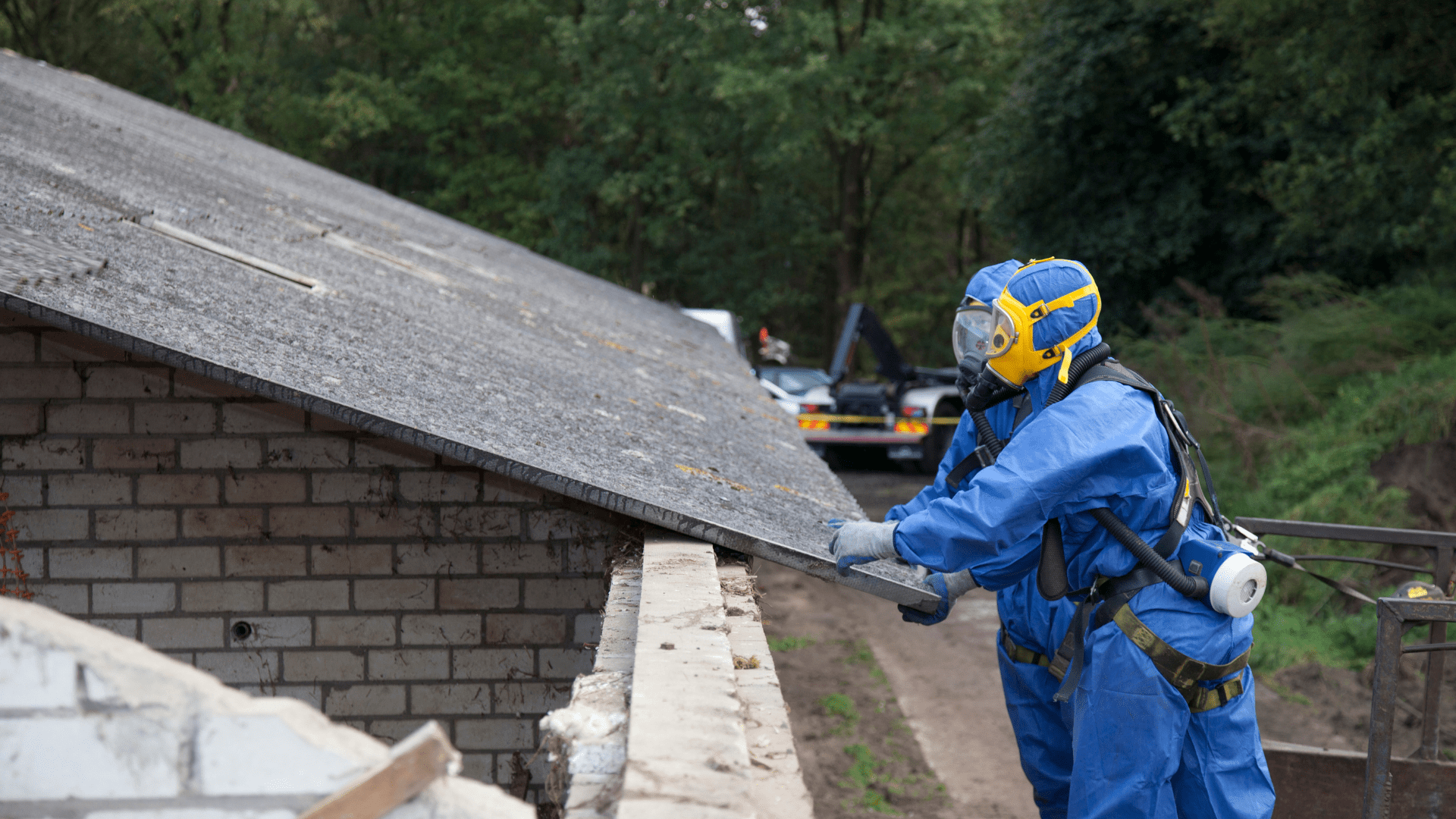
Asbestos
Asbestos
Main Industries & Occupations at Risk
- Renovation/ demolition work, e.g., old buildings and power stations where asbestos material may have been used as roof tiles, fire-proof doors/partitions, rubbish chutes in high rise buildings;
- Ship breaking and repairing of old ships where asbestos is used for insulation of boilers, pipes and for partitions;
- Insulation work, e.g., replacement and removal of asbestos insulation of pipes, furnaces, ovens, boilers;
- Handling of asbestos products, e.g., fi reproof cloth and gaskets; and
- Repair and replacement of asbestos brake linings by car and bus mechanics.
There are manufactured products in current or past use which may contain asbestos, particularly in the construction and transport industries. Workers such as roofers, demolition workers, fitters, electricians, mechanics, welders and carpenters may potentially be exposed if they are working in areas with asbestos-containing materials.
Health Effects
Chronic Effects
-
- Asbestosis (latency period: 15 or more years after initial exposure) usually related to high cumulative exposure;
- Pleural plaques/calcification (latency period: 10 to 20 years after initial exposure which may be low or intermittent);
- Pleural thickening and adhesions resulting in rounded atelectasis;
- Benign pleural effusion;
- Aggravates chronic obstructive lung disease.
Cancer
-
-
- Lung Cancer (cigarette smoking is an important synergistic factor and the risk may be increased by more than 50 times when compared to an unexposed non-smoker);
- Mesothelioma (mainly pleural and peritoneal; latency period: more than 30 years which may be low or intermittent);
- Gastro-intestinal cancers and laryngeal cancer (association evidence).
-
Medical Examinations
Indications:
- Any occupation where workers are liable to be exposed to airborne asbestos fibres
Types of Tests and Frequency of Examinations:
- Pre-placement medical examinations: within three months of exposure
- Clinical examination with particular emphasis on the respiratory (basal crepitations), cardiovascular and gastrointestinal systems;
- Full-size chest x-ray examination;
- Unfit for exposure to asbestos: Workers who are unable to wear respirators.
- Periodic medical examinations: every 36 months
- Clinical examination with particular emphasis on the respiratory (basal crepitations), cardiovascular and gastrointestinal systems;
- Full-size chest x-ray examination;
- Actions to take when there are abnormal clinical findings:
- Employers may apply for exemption from medical surveillance if all the following conditions are met:
- No potential exposure;
- Asbestos-in-air levels are not detectable; and
- Workers have completed at least two rounds of examinations and the chest x-rays of all workers are normal.
Treatment
There is no definitive treatment for asbestosis. All cases of suspected lung cancer or mesothelioma should be referred for further management by a respiratory physician or oncologist. Asbestosis cases may require symptomatic treatment as and when indicated.
Asbestos Exposure
Pre-placement and 12-monthly periodic Medical Exam |
||
| 1 | History and clinical examination | $45 |
| 2 | Chest x-ray | $30 |
